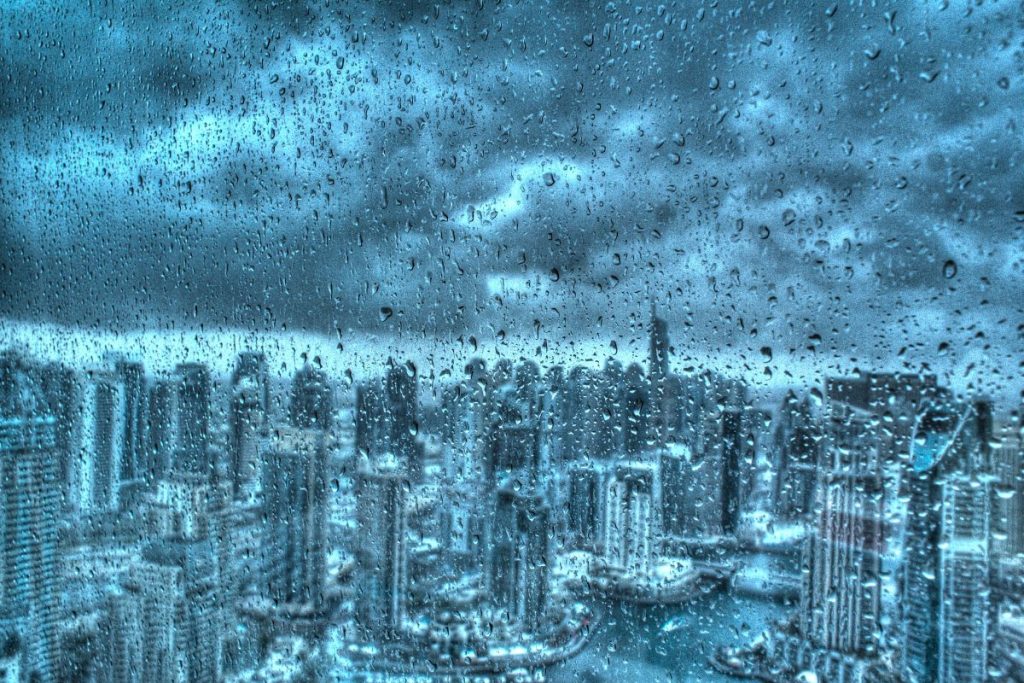What To Know
- This enhances the reactivity of the seeding material to be able to work even in lower humidly environment without posing potential health and environmental risk to the public.
- In cloud seeding, the amount of chemicals used is very small, and when it rained, the chemicals are further dispersed hence they are safe for both human beings and the environment.
- Hailed as an effective tool of water harvesting in the areas of low rainfall, the technique copies the natural cloud generation process through addition of particles that promote condensation.
The UAE is making some giant leaps towards increasing the rainfall through better technologies in cloud-seeding. and they are made through the country’s known the UAE Research Program for Rain Enhancement Science (UAEREP) that uses advanced methods and equipment. Therefore, CNST seeding material is hygroscopic in nature, which makes it different from the conventional materials used for seeding operations, and it is composed of core-shell NaCl-TiO2. This kind of technology is at present being used in the UAE alone to carry out cloud seeding missions after research conducted in 2017.
Cloud-seeding is a way of altering the weather by spreading small particles into the clouds with an aim of precipitating and increasing the rainfall. Hailed as an effective tool of water harvesting in the areas of low rainfall, the technique copies the natural cloud generation process through addition of particles that promote condensation. The UAE’s advancement to incorporate CNST materials is innovative which includes sodium chloride or common salt and titanium dioxide. This enhances the reactivity of the seeding material to be able to work even in lower humidly environment without posing potential health and environmental risk to the public.
This technology can be credited to Professor Linda Zou of Khalifa University for whose research work cloud-seeding materials were advanced using nanotechnology. While other materials that we have been using for many years may take up to several months, these new materials take a very short time and more number of rain droplets can be formed to complete the vapor form of water. Studies conducted by Professor Zou prove that the new type of seeding material can make 300% more large water droplets that are responsible for rainfall in conditions of 100% humidity.
The effects of these material on the environment has been highly researched and the results show that these material are safe. In cloud seeding, the amount of chemicals used is very small, and when it rained, the chemicals are further dispersed hence they are safe for both human beings and the environment. Some of the global regulating agencies including the World Meteorological Organization (WMO) and the US Occupational Safety and Health Administration (OSHA) has approved the safety of these components.
Cloud seeding undertaken by the UAE is not only solving the problem of water shortage, but is also developing the best approach to deal with climatic changes throughout the world. The UAE with the help of modern and progressive methods of nanotechnology works to increase rainfall, yet the country remains environmentally friendly.


